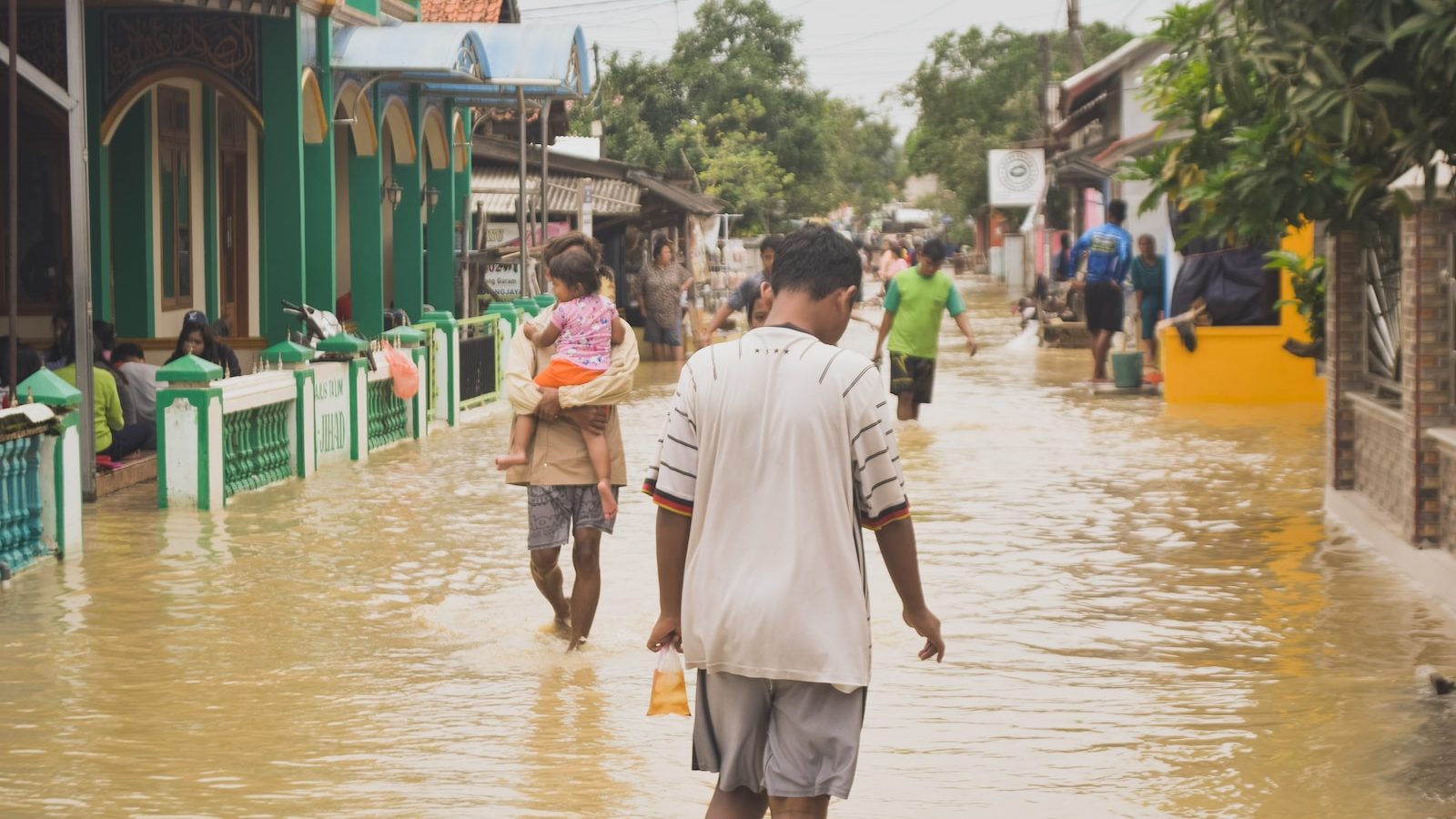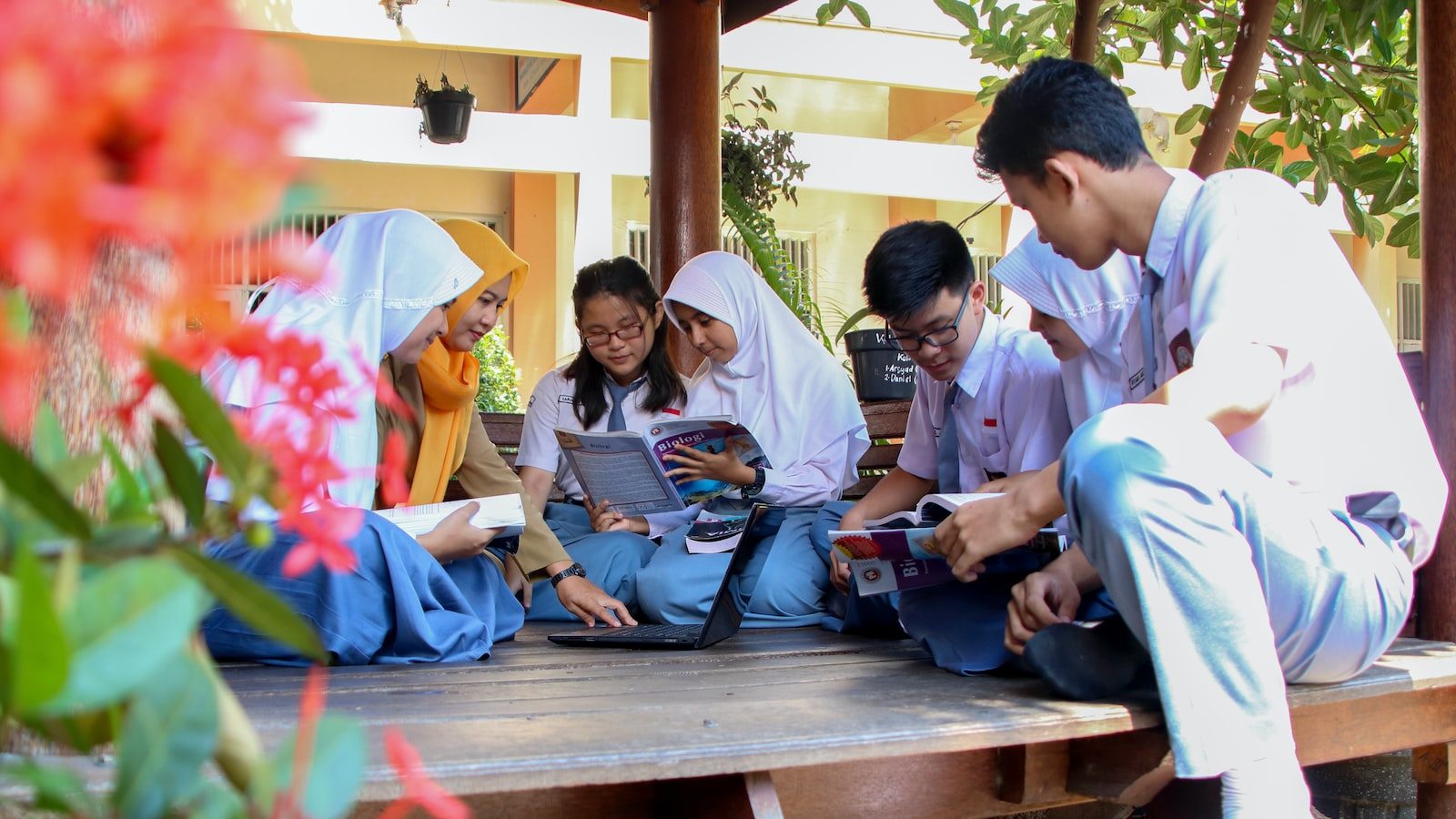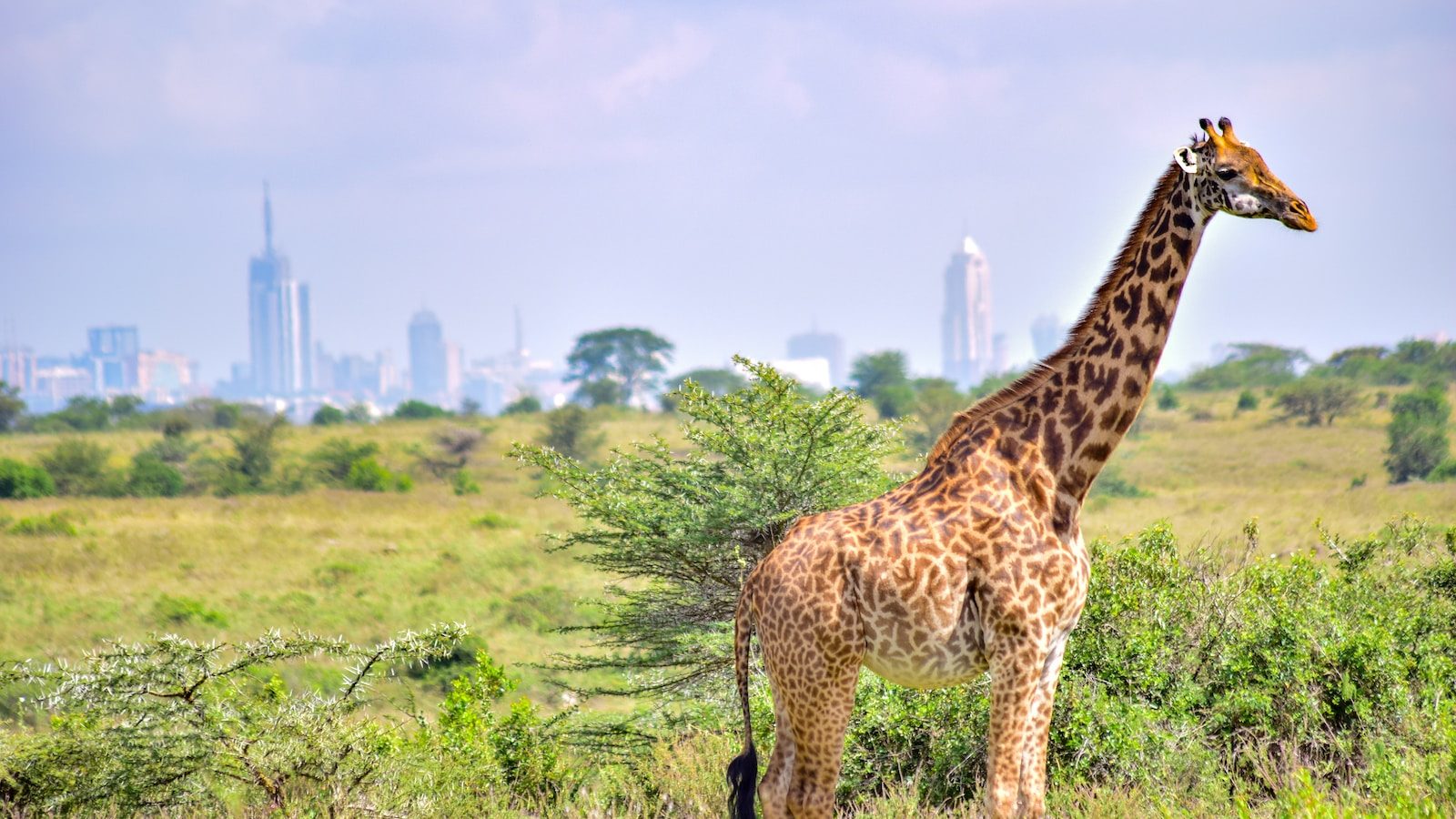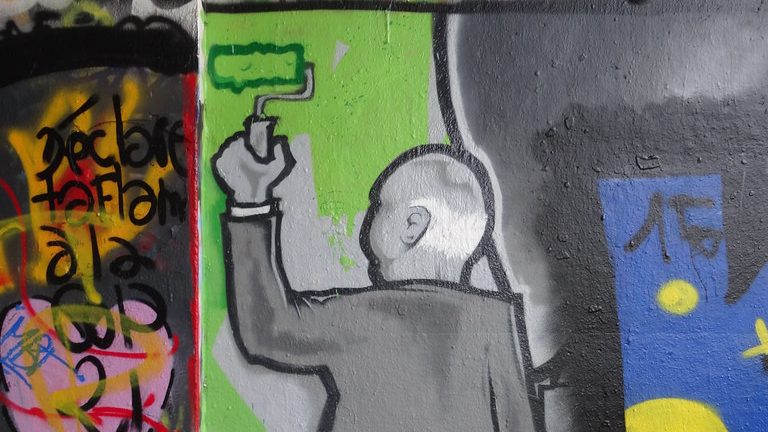Business and people will need to adapt to the impact of climate change on health and safety
Climate disasters and rising temperatures are disrupting global economies and cities. Coaching offers a lens that helps individuals adapt to change and understand the value of sustainable action.
Coaches can help individuals and businesses adapt to a changing world
The global effects of climate change are impacting every aspect of life on the planet. Drought and desertification harm local economies and lead to food scarcity and supply chain disruptions. Severe weather events and other climate disasters displaced roughly 59 million people in 2021 and caused billions in damage to infrastructure, housing, and local waterways. In Spain and Portugal, over 2,000 people died during a severe summer heat wave in 2022, with more deaths reported across Europe.
People will need to adapt to these challenges while working proactively to heal environmental damage. Understanding how humans impact and are affected by the global ecosystem can help coaches guide their clients during uncertain times. Taking on a system-level lens can also inform how clients make sustainable changes in their lives and business. When coaches understand the impact of climate change on business and daily life, they are better equipped to help their clients navigate these challenges. Some clients may also be looking for ways to support sustainability through their organizations and communities.
Coaches can learn more about how the following trends are transforming the future of life on earth:
- Severe weather events damage cities and disrupt supply chains
- Erosion, drought, and rising temperatures harm wildlife and lead to crop loss
- Water and land habitat destruction are reducing biodiversity
- Climate change is worsening historic inequalities
Click here for More Resources for Coaches
1. Severe weather events that destroy homes and disrupt the economy are growing in frequency
Severe weather events, including wildfires, flash floods, tornadoes, hurricanes, and tropical storms, have wide-reaching effects on natural and urban environments. A global review conducted by the United Nations found that these types of disasters have increased in the last 20 years, resulting in nearly 3 trillion dollars in global economic loss. Economic loss following a severe weather event can include injury, death, damaged infrastructure, lost homes, crop destruction, and waterway pollution.
To address the impact of climate change on health, people will need to adapt to current disasters and act to reduce harmful emissions. A recent rule in the European Union (EU) now requires companies to report Environmental, Social, and Governance impact, extending to production and business operations by EU organizations outside of the EU. With international agreements to reduce greenhouse gasses and environmental degradation, corporations will need to monitor and likely report the local environmental and global carbon impact of their businesses.
What this means for coaches:
- As leaders work to avoid risk, coaches can prompt clients to visualize how severe weather events may disrupt work, impact employee morale, or damage company assets
- Severe weather events often cause trauma. Coaches can be informed of potential hardships and prepared to assist struggling clients by actively listening to their experiences and referring them to a mental healthcare provider when needed
2. Erosion, drought, and rising temperatures harm wildlife and increase crop loss
Increasing temperatures, drought, and desertification destroy crops, contribute to food scarcity, and disrupt supply chains. Southern Brazil, Paraguay, and northeastern Argentina are facing droughts that hurt soybean and corn production. Drought and low river levels led to 20,000,000 lost tons of soy production from the 2021–2022 harvest. In Australia, agriculture and labor productivity loss “are expected to reach $4.2 trillion by 2100.” Beyond the local economic loss in these regions, global distribution will suffer, leading to shortages, inflation, and hunger.
As temperatures rise, cities will need creative solutions to combat the heat. Heat waves add stress to transportation and can make workspaces uncomfortably hot. Older adults, the unhoused, and individuals with chronic illnesses may also be at risk of injury or death because of severe heat. Between 2000–2019, the world saw a 21% increase in heat-related deaths. In combination with drought, cities may need to limit water, impacting individuals, communities, and manufacturing.
What this means for coaches:
- Crop failures can lead to inflation and food scarcity, impacting a client’s overall financial and psychological stress. Coaches working within organizations or with teams may need to anticipate how the economic impact of climate change affects client well-being in their personal and professional lives
- Coaches can emphasize how a client’s strengths contribute to greater resilience in times of uncertainty
- Clients interested in CSR or ESG may need to identify how their business model impacts agricultural and manufacturing communities. Coaches can help clients map their impact and consider ways to invest in these communities to support sustainability goals
3. Water and land habitat destruction are reducing biodiversity and fish populations
Climate change and human-caused habitat destruction are reducing plant and animal diversity and harming fish populations. The impact of this loss goes beyond the organizations and communities that rely on fisheries and other natural resources. Forests and waterways absorb nearly half the world’s carbon, meaning that destroying these habitats will increase the speed of climate change.
To address the risk of biodiversity loss, global leaders at the COP15 UN Biodiversity Conference agreed to preserve natural life through policies to eliminate overexploitation, pollution, and unsustainable agricultural practices. They also agreed to honor the role of indigenous communities as “stewards of nature,” and safeguard their rights. Within this framework, sustainable production will need to go beyond reducing harm to repair local environments. This means identifying downstream consequences of manufacturing and sourcing to ensure that ecosystems and communities continue to benefit from the natural environment.
What this means for coaches:
- Coaching clients who rely on a global market of natural resources, may not see the immediate connection between habitat loss and business. Coaches can connect these dots by asking clients to consider how external partners might be vulnerable to habitat destruction and how this might impact resource availability
- Corporate sustainability coaches can help clients identify stakeholders that contribute to a product lifecycle as a foundation for evaluating overall sustainability
4. Climate change is worsening historic inequalities
The uneven impacts of climate change threaten greater harm to poor, underdeveloped, and neglected communities. Coastal and island-based communities are especially vulnerable to severe weather, which destroys homes, pollutes waterways, and can increase outbreaks of malaria and other mosquito-based diseases. As temperatures rise and habitats are destroyed, these communities will also face malnutrition and economic collapse from dwindling fish populations and crop failure.
Countries set to suffer the most from climate change are also some of the lowest polluters. The World Bank estimates that 68–135 million people will experience poverty due to climate change, most coming from Sub-Saharan Africa and South Asia. Excluding South Africa, the remaining Sub-Saharan countries account for just 0.55% of global carbon emissions. Similarly, South Asia produces 8% of the world’s carbon emissions. Unfortunately, many countries do not have the resources to mitigate the effects of climate change or invest in sustainable technologies. In the recent COP27 summit, the United Nations agreed to establish an international fund to help poor countries invest in sustainable infrastructure.
What this means for coaches:
- Coaches can help corporate clients looking to strengthen their social and environmental impact consider ways to reduce harm, and strengthen and invest in their host communities
- Multi-national and multicultural organizations may have different values or goals surrounding sustainability. Coaches can help bridge cultural gaps and find a shared purpose in supporting sustainability and equity goals
- Clients may want to take on systems-level perspectives that help them to tie their individual actions to global equity and sustainability
Coaching can equip clients to create a sustainable and climate-adaptive business model
Coaches can help industry leaders reflect on how to anticipate the business impact of climate events by integrating practices that sustain business goals and achieve ESG standards.
A coaching approach to climate-responsive business:
The following guidance for coaches is developed from Climate Partner’s “Five key steps for your company’s net zero journey.” To integrate a coaching approach into this model, consider the following:
- Offering tools that help corporations map their carbon footprint. Part of this work might include helping clients to visualize how each stage of a company’s value chain can be augmented to support emissions goals.
- Identifying short-term and long-term goals to cut carbon emissions to:
- Implement the recycling of materials
- Reduce the frequency and intensity of transport
- Switch to online communications
- Improve efficiency of facilities to reduce energy waste
- Invest in efficient and reliable green technologies
- Consider resources such as carbon offsets, afforestation, or expanding renewable energies.
- Communicating climate action strategy to different audiences for greater accountability
Resources for Coaches:
Continued education can give coaches the expertise and confidence to apply a climate change lens and facilitate sustainability frameworks for clients wishing to achieve net zero or carbon positivity.
- Climate Biodiversity Coaching provides tools to help coaches develop greater ecological awareness and prompt conversation about the climate with their clients.
- Certificate in Climate Coaching focused on the urgency of the climate crisis and how coaches can work as disruptors to bring about change.
- For coaches in organizations, Climate Change Coaches offers a Climate Coach Training Programme, drawing from the worldwide wisdom of coaches addressing climate change.




